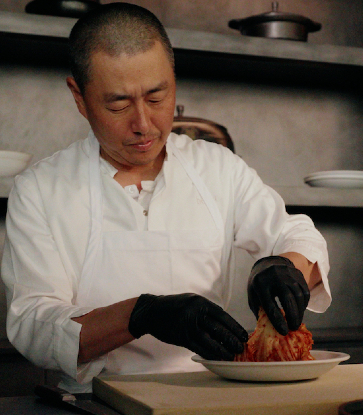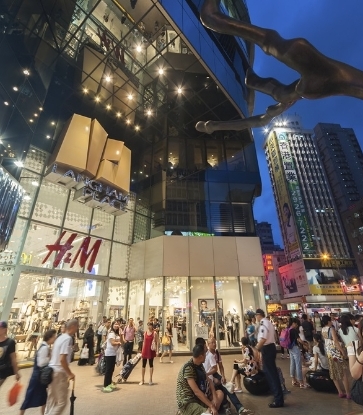The wagyu storm in Hong Kong swirled up after 2000. Before 2001 when mad cow disease in Japan caused an embargo on Japanese beef, Hong Kong took up 70% of the total value of Japan’s wagyu exports. After the embargo was lifted in 2007, the richly marbled beef made a strong comeback, with sales consistently on the rise. Its leadership status in the Hong Kong market was not challenged until Korean beef’s arrival in 2015.
Over the years, other countries including the United Kingdom and Argentina also supplied beef to Hong Kong. But they are mainly saved for specialty grocery shops and restaurants focusing on cuisines from those particular locations, such meat selections have yet to penetrate the mass market.

Grading System Of Korean Beef
Korean beef was first retailed in Hong Kong in December 2015 in supermarket chain city’super, and this led to a spike in popularity of the meat. It’s the only local sales point where you can find 1++ grade Korean beef at any time.

Each beef-producing country has its own system to determine the quality of the meat. In South Korea, a cow is judged by the piece of meat next to its 13th rib (sirloin). Based on the criteria of fat distribution and colour, as well as the colour of the beef, the meat from this cow will be graded as 1++, 1+, 1, 2 or 3, with first as the highest. Another indicator measures the percentage of meat available for use, dividing
the beef into the grades of A, B and C. In other words, 1++ hanwoo is the equivalent of A5 wagyu at the top of the pecking order. 1++A beef is the best of the best.
Quality hanwoo carries an extravagant marble pattern on the meat. Much like its Japanese counterpart, it’s known for its tender texture and the burst of fragrant oil and meat juice as you bite into it. But when compared to wagyu, hanwoo is less fatty, which makes it a happy medium between fat and flavour.
However, the best graded and most expensive doesn’t automatically produce a great dish. The choice of the type of hanwoo depends on what you’re cooking. If you’re planning to make a classic Cantonese stir-fry with beef and choy sum, the large amount of fat in 1++ beef would become excessive. The same applies to burger patties.

Hanwoo Par Excellence From Hoengseong
The origins of hanwoo available in Hong Kong include the provinces of South Jeolla, Gyeonggi and Jeju. But the most prized beef from Hoengseong and Hadong has also been brought here since 2016.
Hoengseong is located in the central-north of the Gangwon-do Province. Among the mountains, which rise 600m above sea level with minimal pollution, the herd is grown on a free-range basis which allows fat to develop at a steady pace.
The fame of the beef is further enhanced by a list of National Luxury Brand awards. Not only is it South Koreans’ first choice for luxury gifting, it’s even the food of choice to serve foreign political leaders on multiple occasions. As of 2018, there are around 49,000 heads of cow in Hoengseong. The annual yield of cows from the city is only 12,000, making up 2% of the national production.

Hadong Hanwoo: Cows Which Listen To Radio
The farms there are set up with equipment to measure the fat and muscle content of the cows. The local farmers also make adjustments on raising different cows to help them grow with the ideal fat-meat ratio. But their creative approach doesn’t end here.
Making use of another regional speciality of pine leaves, they invented a feed with pine leaf enzyme. Among the 15,000 cows now growing in Hadong, only 3,000 are given such feed, and the annual yield of such hanwoo is merely 1,300, making it a rare treat reserved for special occasions.
A county in the province of Gyeongsangnam-do, Hadong has been producing hanwoo for more than a thousand years. Benefitting from the natural surroundings and pure water source, its beef leads the chart in terms of quality.
The local farmers keep the radio turned on in the pen. This lets the cows become used to human voice, so that they wouldn’t get nervous during transportation and butchering, and tense up their muscles.
This story was originally written by Clarence Chan and translated by Vincent Leung. Click here to read the original version of this story.






















